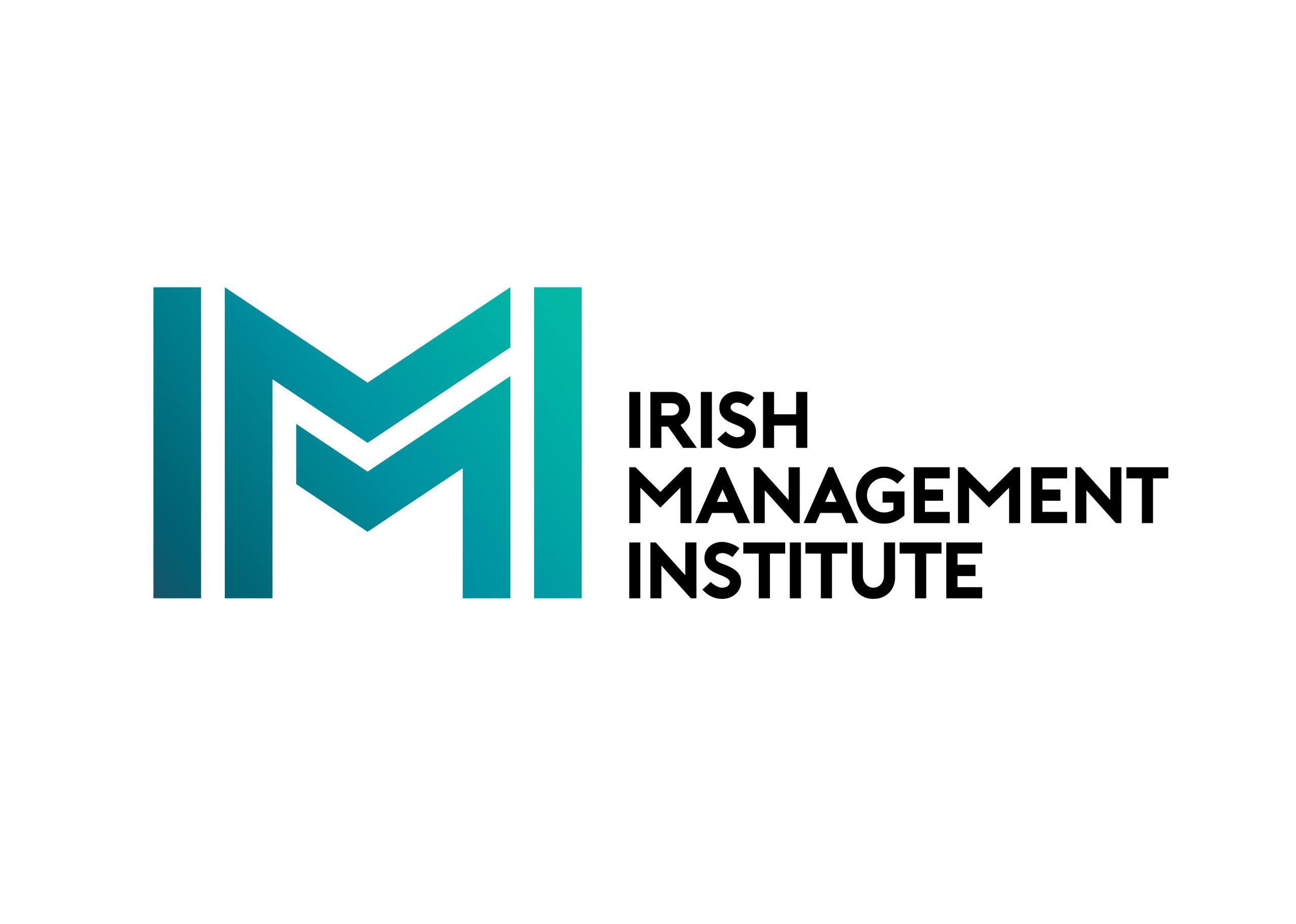Related Articles
Event Insights: Thinking for a Sustainable Future with Paul Begley
The world is changing in ways that few could have predicted. At a recent event, sustainability expert Paul Begley highlighted the unprecedented challenges we face and urged businesses to rethink their role in shaping a sustainable future.
One of the most alarming revelations was that natural carbon sinks absorbed almost no carbon last year—a development that our climate models failed to predict. This raises a critical question for businesses: How can your organisation be better prepared for this new reality?
When we surveyed the business leaders in attendance, the results were surprising.
30% cited environmental pressures like climate change and resource scarcity as the most significant driver of change, while a further 37% identified social shifts, such as changing consumer expectations, as another key influence. These findings reflect an industry-wide awareness of how interconnected societal and environmental forces are in shaping business landscapes.
The Global Carbon Footprint: A Shared Responsibility
A key takeaway from Paul’s presentation was the global nature of carbon emissions. Many of our emissions are exported, and the products filling our homes often come from countries with heavy carbon footprints, such as China. Paul emphasised that it doesn’t matter where emissions come from because the earth system works in absolutes, not relatives.
He also posed a profound question: How do we deliver sustainable lifestyles for 8.2 billion people? As the global population continues to grow—doubling since Paul’s birth—finding scalable solutions for sustainable living is essential. Yet, defining what sustainability looks like is far from straightforward. There are many voices with differing opinions on what the “right” solutions are.
35% percent of survey respondents considered sustainability as a long-term goal without immediate impact, while 33% felt it only pertained to environmental issues. These responses underline a common misconception—that sustainability is a distant, narrowly defined objective—rather than a crucial part of everyday business strategy.
Shifting Focus to Real Impact
One example of misguided celebration is the attached plastic bottle caps—a small victory in recycling that, in the grand scheme, makes only a marginal difference. Similarly, while Tesla has been successful, people often buy their cars for the driving experience, not necessarily for sustainability. Begley pointed out that, in reality, electric cars are not as efficient in moving people as many think.
These examples remind us that sustainability efforts must focus on substantial impacts rather than symbolic gestures. To truly make a difference, businesses need to look at the big picture and identify the most pressing sustainability issues for their industries. Yet, when asked how they integrate sustainability with their performance goals, responses varied widely among the leaders present. Nearly 49% said sustainability was central to their strategy and long-term performance, but a significant portion—about 17%—prioritised short-term gains over sustainability, and another 24% had not yet fully integrated sustainability into their strategy.
Preparing for Extreme Weather
Another critical consideration for businesses is the likely increase in extreme weather events, especially in Western Europe, where a warmer world will bring more rain. Companies with international supply chains, particularly those dependent on road transport, must prepare for the disruptions that wetter weather could bring. Paul urged organisations to think ahead and consider how they can respond proactively to these climate shifts.
The Sustainability Pyramid: Five Levels of Engagement
Paul introduced a framework that helps businesses assess their sustainability journey. Many organisations tend to settle at Level 3—managerial—but there are five levels:
- Defensive Behaviour – Businesses protect themselves, often ignoring broader environmental issues.
- Compliance-Focused – Companies meet regulatory demands but don’t push beyond.
- Managerial – Sustainability is integrated into innovation, though sometimes incoherently.
- Sector-Leading – Businesses set science-aligned targets and form meaningful partnerships to drive societal change.
- Market-Making – These companies not only lead but shape the industry, influencing markets with foresight and a focus on sustainability.
Moving up the pyramid is essential, as sustainability requires action at every level—from the boardroom to day-to-day operations. The top of the pyramid, “market-making,” is where organisations shape entire industries and redefine what sustainable success looks like.
The Call to Action
Finally, Paul reminded the audience of the ambitious goals set by the Paris Agreement: peak emissions by 2025, a 43% reduction by 2030, and a negative emissions economy by 2050. This timeline means businesses must act swiftly to reverse the damage.
Paul highlighted a few key ways in which businesses can contribute to this global effort:
- Learn about carbon removals – This is a crucial part of the climate conversation that often goes unnoticed.
- Set specific greenhouse gas removal targets – Tangible goals create accountability.
- Be a customer and investor in carbon removal technologies – Supporting innovative solutions is key to scaling.
- Incubate new ideas – New business models and strategies will be critical to solving these complex challenges.
Sustainability is a Collective Responsibility
Paul Begley’s insights underscored the urgent need for businesses to take ownership of their role in driving sustainability. The planet’s health is deteriorating, and tackling these challenges requires more than regulatory compliance—it demands innovation, collaboration, and bold action. By moving up the sustainability pyramid and focusing on solutions that truly matter, organisations can help ensure a thriving future for both the planet and humanity.
What will your company’s role be in this global effort? Now is the time to ask the hard questions and make the necessary changes. After all, as Paul reminded us, we can’t do good business on a dead planet.
Thinking for a Sustainable Future was an IMI Membership event. Find out more about Corporate Membership here.




